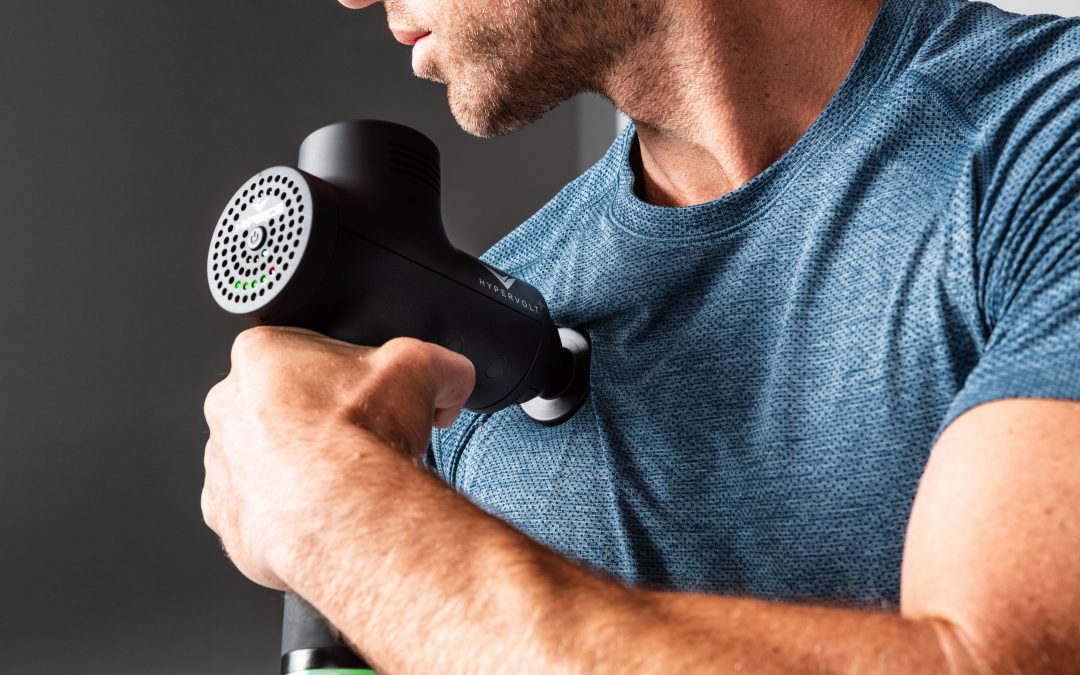I remember as a kid watching the movie Rocky. The fights were great but the training montages were epic. The guy seemed like he could take an endless amount of punishment on the road to becoming a fighting machine. He was punching frozen sides of beef, sprinting through the streets, lifting old junk and training in the dirtiest and grittiest environments. Kids like me in the 80’s were brought up in this strength and fitness culture where punishment = progress.
Fast-forward a few decades and we have learned what we weren’t seeing in between the montages that helps human bodies perform at the highest level. We never saw Rocky recover from the brutal training sessions. What we know now is that recovery is critical to human performance. When I’m talking about recovery, I’m talking about the period of time that the body gets to repair and reload; to develop power, muscle memory, and skill.
I’ve coached youth sports and worked with a lot of collegiate and pro athletes as a chiropractor. One thing that has always fascinated me is that when athletes took a break, maybe over a holiday or an offseason, players came back better even without training hard. One of the reasons is that the body needs time to recover and mend. The brain and nervous system need time to accommodate to the training. In short, recovery made athletes better.
Exercise and sports science has born this phenomenon out over and over again. But an undeniable fact is that training is also critical to improving. The cycle of training and recovering is important to health and performance. One of the important frontiers of sports and performance is enhancing the recovery period to make this time shorter and more efficient in returning an athlete to full strength for another training session.
This is one of the areas in which chiropractic care can be very helpful for athletes. In over a decade of working with high performance athletes, I have found that when an athlete is biomechanically sound that it helps them to recover more quickly and be ready for the next training or contest. In my work, I’ve helped them to achieve this in 3 ways:
- Joint manipulation – to reduce stiffness and maintain pain-free range of motion.
- Soft Tissue Therapies – including sports massage, deep tissue, assisted stretching and other specialized techniques.
- Teaching Self Care – by providing stretches and mobilizations and the use of self-care tools (ie. Foam rollers, massage guns, etc.)
Joint manipulation is the bread-and-butter of any chiropractor and I’m really no exception to that rule. Joints react to a variety of stresses from loading and compensating for anything from an injury to a repetitive movement. The chiropractic adjustment is a shallow, quick thrust to a joint in a direction that is intended to remove stiffness and dysfunction from that joint. When a joint moves like it should, it will also improve the health of the tissues surrounding it as well.
The term “soft tissue” is very broad as it includes all of the muscles, tendons, ligaments, connective tissue and fascia in the body. Just like there are a variety of soft tissues, there are also a variety of way to treat these tissues. But treat them for what? Soft tissue therapies can be effective for a variety of issue including, strains, sprains, inflammation, trigger points, scar tissue, stiffness, swelling, pain, and many more problems. One of the most well known soft tissue therapies is massage, which encompasses a range of strokes, stretches and compressions of the tissues to restore good circulation, relieve pain and improve the quality of tissues. Sometimes we will use a tool with a blunt edge to help remodel scar tissue in a technique called Instrument Assisted Soft Tissue Manipulation (IASTM). Percussion and vibration are very effective for loosening and revitalizing tissues. Our favorite tools for this are HyperIce products like the HyperVolt or the HyperSphere.
This leads us to the third aspect of recovery which is self-care. We frequently teach people to use stretching and mobilization techniques to maintain their joints, muscles and connective tissue on their own. Sure, we would all love to get an adjustment and massage every day but that’s just not practical. So we teach our patients to utilize some of the same tools and principles we use in the clinic at home. This also involves teaching patients ways to rehabilitate and move on a regular basis to maintain range of motion, strength and coordination that will help them avoid injury and be ready for the next training session as soon as possible.
Remember, the part that the movie-style training montages don’t show is one of the most important parts of being in the best possible condition. That is recovery. Chiropractic, massage therapy and self-care are critical to this process whether you have to fight a 7 foot tall Russian in the ring or keep up with your kids at home.

